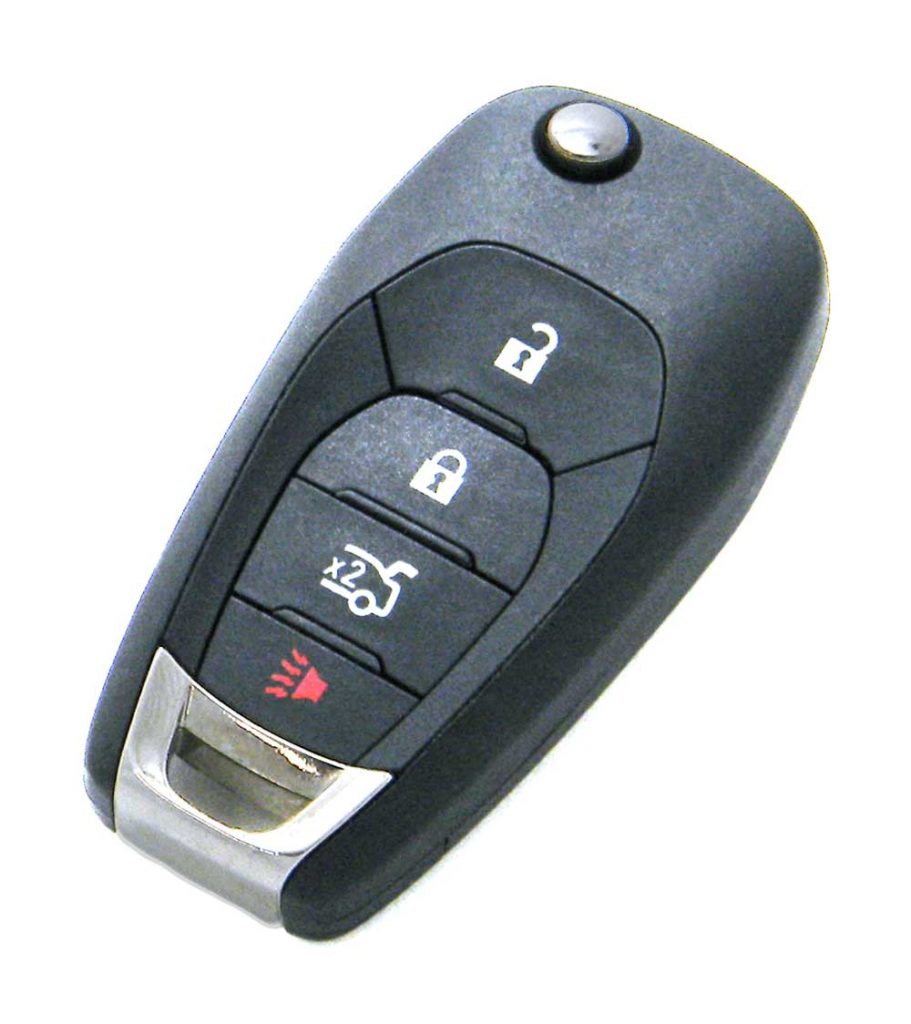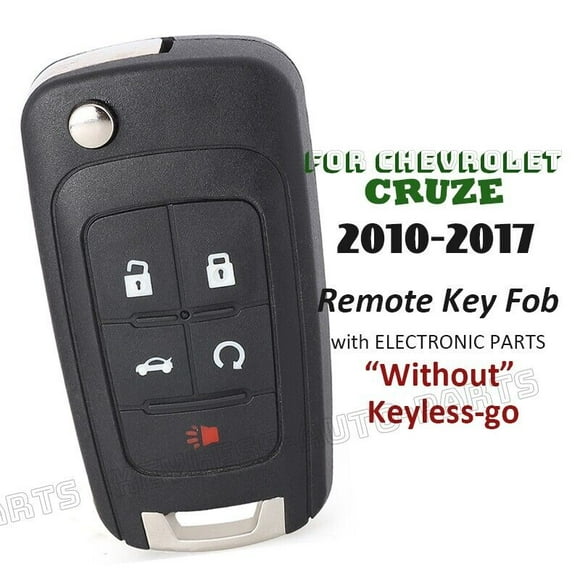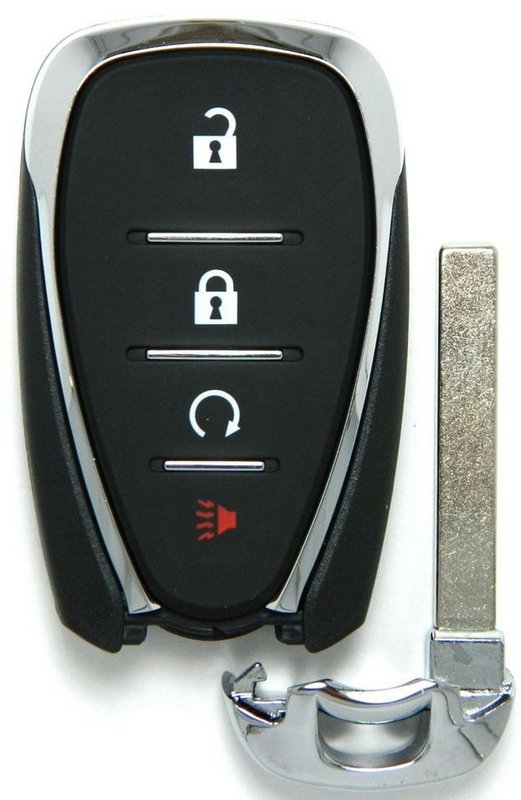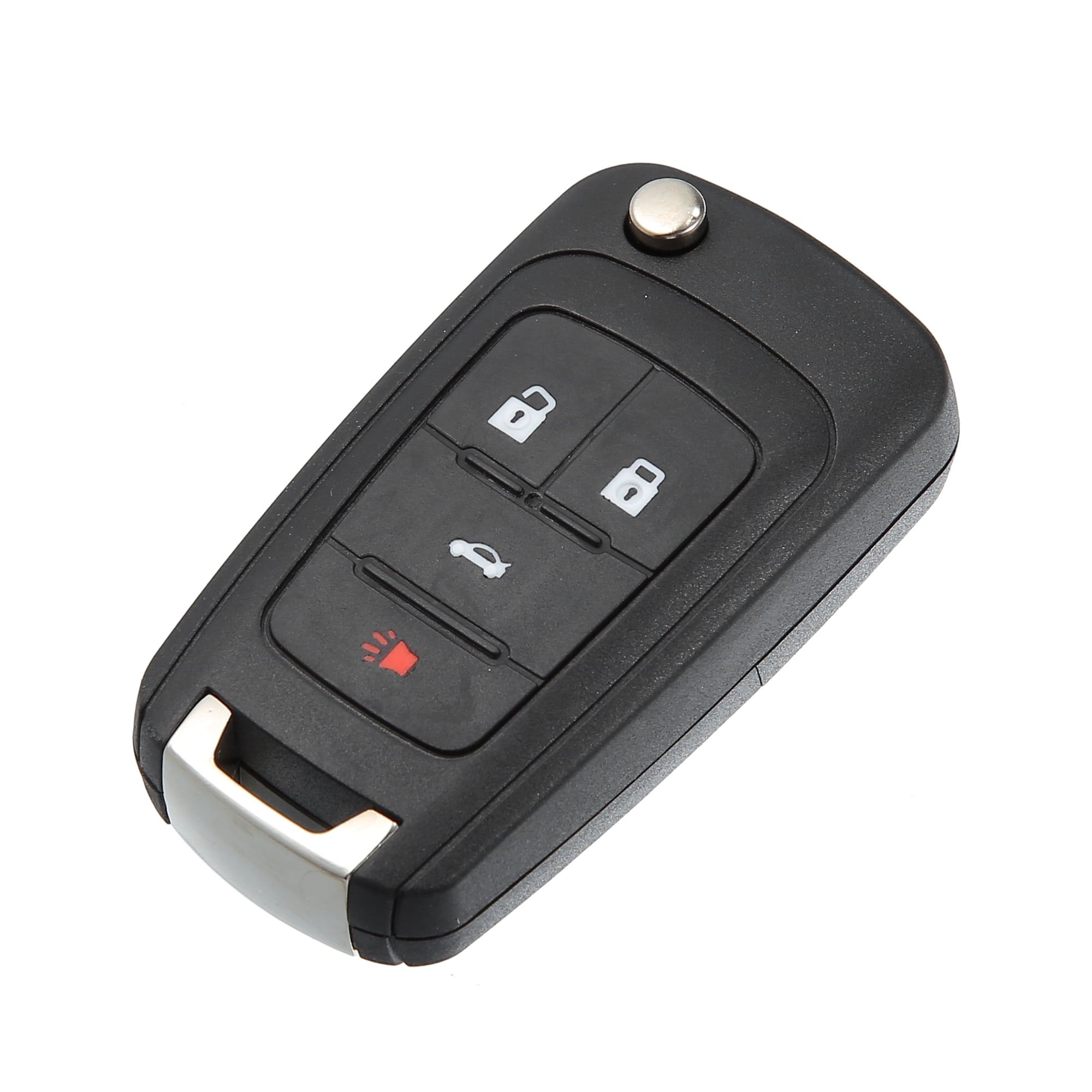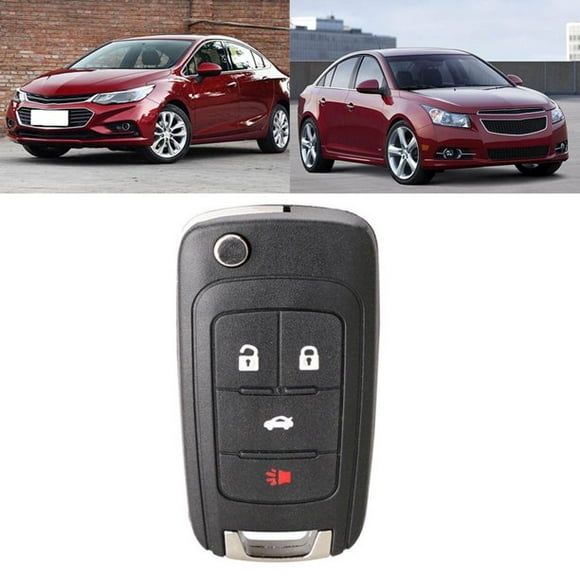2017 Chevy Cruze Key Fob Programming

Imagine this: you're standing in the grocery store parking lot, bags in hand, the setting sun casting long shadows. You reach into your pocket for your keys, ready to unlock your 2017 Chevy Cruze and head home. But something’s not right. The key fob, usually a reliable friend, is stubbornly unresponsive. Panic starts to set in – are you stranded? Is your car vulnerable?
This frustrating scenario, unfortunately, is not uncommon for owners of the 2017 Chevy Cruze. While typically dependable, the key fob can sometimes lose its programming, leaving drivers locked out or unable to start their vehicles. This article aims to provide a comprehensive, friendly guide to understanding, troubleshooting, and potentially reprogramming your 2017 Chevy Cruze key fob, empowering you to get back on the road with confidence.
Understanding the Key Fob Quandary
The 2017 Chevy Cruze key fob is more than just a key; it's a sophisticated piece of technology that communicates wirelessly with your car's computer system.
It handles everything from locking and unlocking doors to starting the engine (if equipped with remote start) and activating the panic alarm.
This complex interaction, while convenient, makes it susceptible to occasional glitches. Battery drain, electronic interference, and even simple software hiccups can disrupt the connection between the fob and the car.
Common Causes of Key Fob Issues
Several factors can contribute to a malfunctioning key fob. The most common culprit is a dead or dying battery. Key fob batteries typically last for a year or two, depending on usage.
Radio frequency interference can also play a role. Strong electromagnetic fields from nearby devices might disrupt the signal between the fob and the car. Proximity to other key fobs can also lead to signal confusion.
Sometimes, the issue stems from the car's computer system itself. A software glitch or a temporary memory lapse can cause the car to forget the fob's programming.
Reprogramming Your Key Fob: A Step-by-Step Guide
While professional reprogramming by a dealership or locksmith is always an option, there are a few DIY methods you can try. These methods are worth attempting before incurring potentially significant costs.
Important Note: Always consult your owner's manual for the specific reprogramming procedure for your vehicle. The following is a general guideline, and steps may vary.
Method 1: Using the Driver Information Center (DIC)
This method is often the simplest. Begin by ensuring all doors are closed. Insert your key into the ignition, but do not start the engine.
Turn the key to the "ON" position (one click before starting the engine). Use the DIC buttons on your steering wheel to navigate the menu. Look for options like "Remote Key Learning," "Key Fob Programming," or similar language.
Follow the on-screen prompts. You'll likely be instructed to press and hold the lock and unlock buttons on the fob simultaneously until you hear a chime. Once programmed, remove the key. Test the functionality of the fob to verify that it has been programmed successfully.
Method 2: Manual Programming (If DIC Method Fails)
This method is a bit more involved. Insert the functioning key into the ignition and turn it to the "ON" position.
After ten minutes turn the ignition OFF and remove the functioning key. Insert the key to be programmed into the ignition and turn it to the "ON" position.
Wait for approximately ten minutes. Then turn it OFF and then ON for ten minutes a second time. Repeat OFF and ON for a third time for ten minutes. Remove the programmed key. The new key should now be programmed.
When to Seek Professional Help
If you've tried the DIY methods and your key fob still refuses to cooperate, it's time to consult a professional. A dealership or qualified automotive locksmith will have the necessary equipment and expertise to diagnose the problem and reprogram your key fob.
They can also determine if there's an underlying issue with your car's security system that needs addressing.
Remember to consider the cost of professional reprogramming when weighing the options. Dealerships typically charge more than locksmiths, so it's worth getting quotes from both.
A Small Inconvenience, A Big Lesson
A malfunctioning key fob can be a real hassle, but it's also a reminder of the technology we rely on daily. Taking the time to understand how your key fob works and knowing how to troubleshoot common issues can save you time, money, and unnecessary stress.
So, the next time your 2017 Chevy Cruze key fob gives you trouble, remember these tips and resources. With a little knowledge and patience, you can often get back on the road quickly and confidently.
And who knows, you might even impress your neighbors with your newfound tech skills!

